
Myrica nagi
(MRP Inclusive of all taxes)
- Shipping ₹79 for entire order
- Dispatch in 7 days
- Country of origin: India

(MRP Inclusive of all taxes)
 Save 29%
Save 29%
Air Purifier Money Plant with Pot The Air Purifier Money Plant, also known as Pothos or Epipremnum aureum, is a stunning indoor plant that...
View full details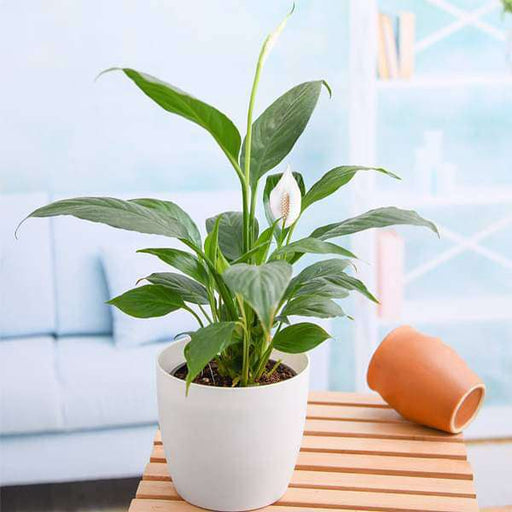
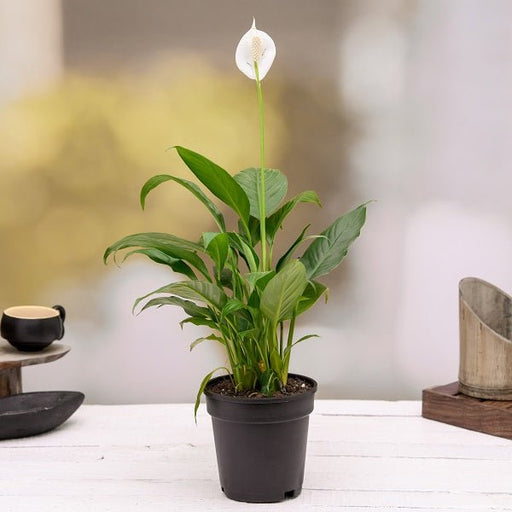 Save up to 15%
Save up to 15%
Peace Lily, Spathiphyllum - Plant The Peace Lily, scientifically known as Spathiphyllum, is a stunning houseplant celebrated for its elegant white...
View full details
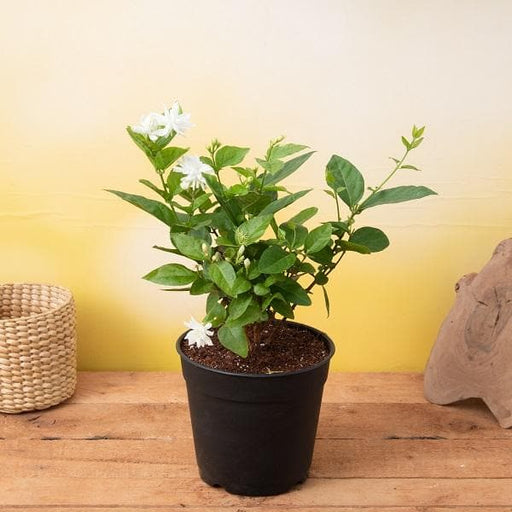 Save 25%
Save 25%
Jasminum sambac, Mogra, Arabian Jasmine - Plant Jasminum sambac, commonly known as Mogra or Arabian Jasmine, is a fragrant flowering plant...
View full details
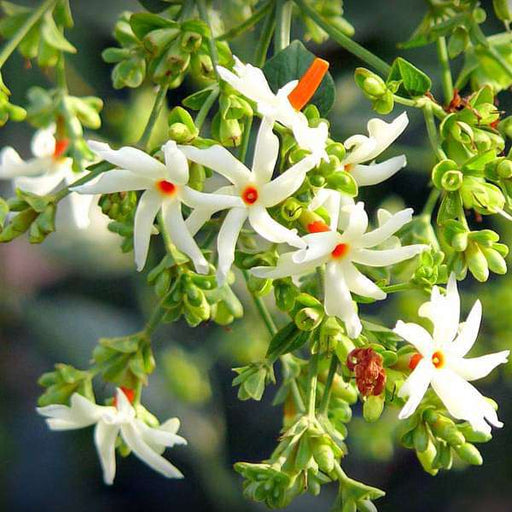 Save 18%
Save 18%
Combo Constituents Includes the Parijat Tree (Night-Flowering Jasmine), a culturally significant plant with fragrant flowers. Description The Pari...
View full details
 Save 25%
Save 25%
Miniature Rose, Button Rose (Any Color) - Plant The Miniature Rose, also known as the Button Rose, is a charming and compact flowering plant that ...
View full details Save 25%
Save 25%
Damascus Rose, Scented Rose (Any Color) - Plant The Damascus Rose, also known as Rosa damascena, is a timeless symbol of beauty and romanc...
View full details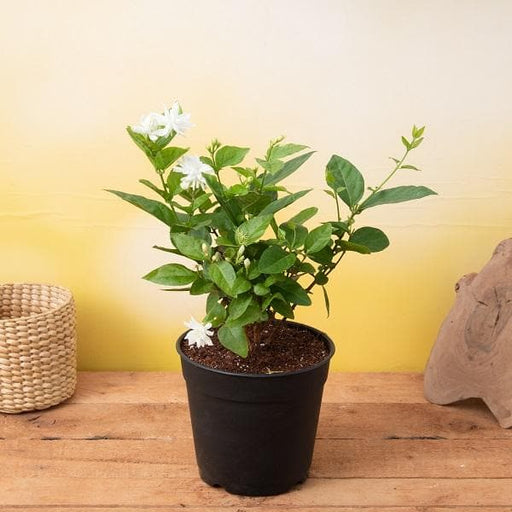
 Save 17%
Save 17%
Beautiful Fragrant Mogra, Arabian Jasmine Plant with Pot The Beautiful Fragrant Mogra, also known as Arabian Jasmine (Jasminum sambac), is...
View full details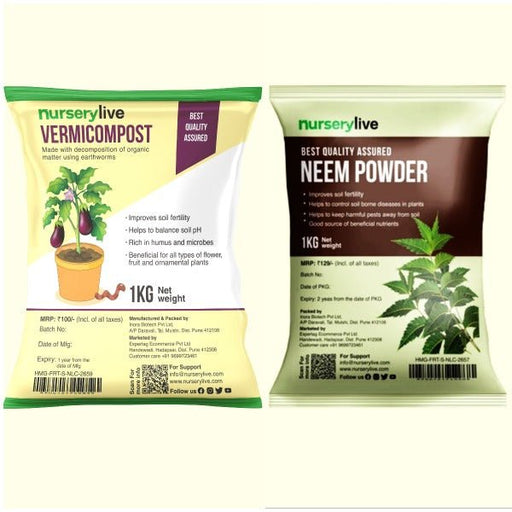 Save 15%
Save 15%
Pack of Vermicompost and Neem Cake for House Plants Transform your indoor garden with our premium Pack of Vermicompost and Neem Cake, spec...
View full details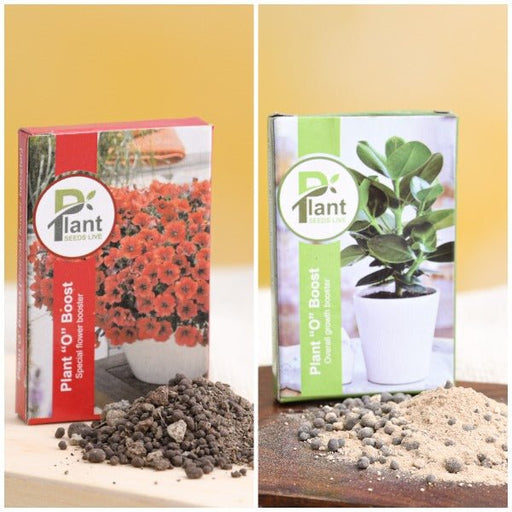
Pack of Plant Growth and Flower Boosters Unlock the full potential of your garden with our Pack of Plant Growth and Flower Boosters! This ...
View full details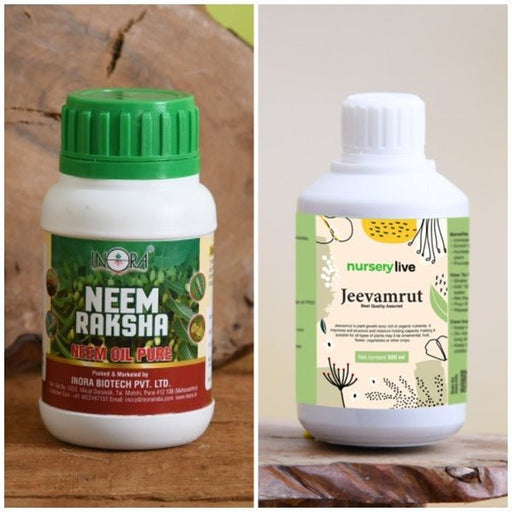 Save 38%
Save 38%
Combo of Jeevamrut and Neem Raksha for Easy Growth and Protection of Houseplants Transform your indoor garden with our exclusive combo of ...
View full details Save 22%
Save 22%
Plant Nutrients Kit (Pack of 16) for a Healthy Garden Transform your garden into a lush paradise with our Plant Nutrients Kit, featuring 1...
View full details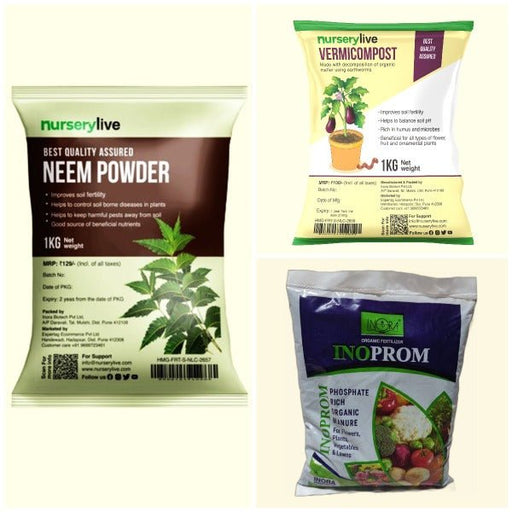 Save 16%
Save 16%
Combo of Top Plant Fertilizers Elevate your gardening game with our exclusive Combo of Top Plant Fertilizers, featuring two bags of premiu...
View full details Save 24%
Save 24%
Pack of 4 Additives to Make Soil Healthy and Nutrient Rich Transform your garden into a thriving ecosystem with our Pack of 4 Additives de...
View full details Save 30%
Save 30%
Transform your gardening experience with our premium Combo of Perlite and Vermiculite. This unique blend is designed to enhance soil aeration and ...
View full details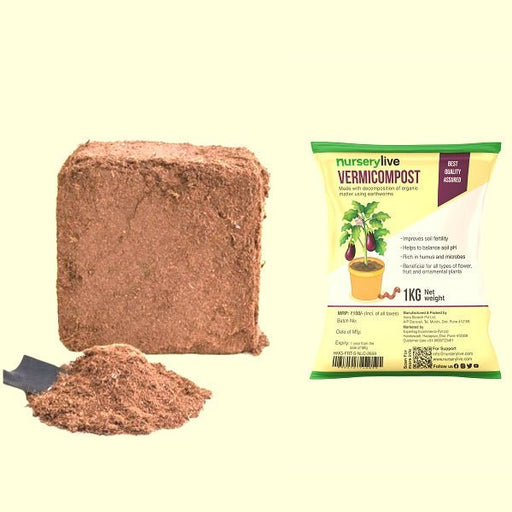 Save 27%
Save 27%
Combo of 2 Vermicompost and Cocopeat - Enrich Your Soil Naturally! Transform your garden into a thriving ecosystem with our Combo of 2 Ver...
View full details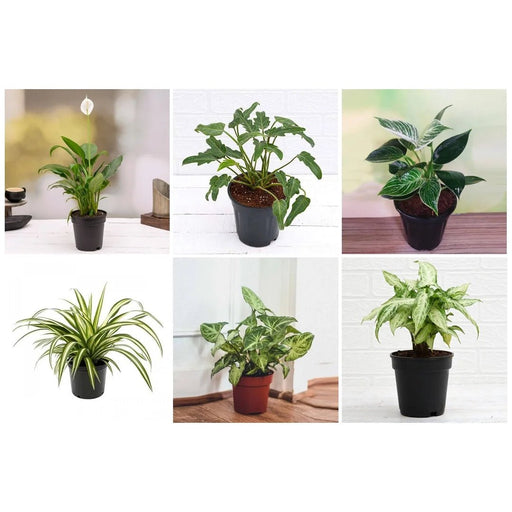
 Save 35%
Save 35%
Best 6 Plants for Perfect Indoor Garden Transform your living space into a lush oasis with our curated collection of the Best 6 Plants for a...
View full details
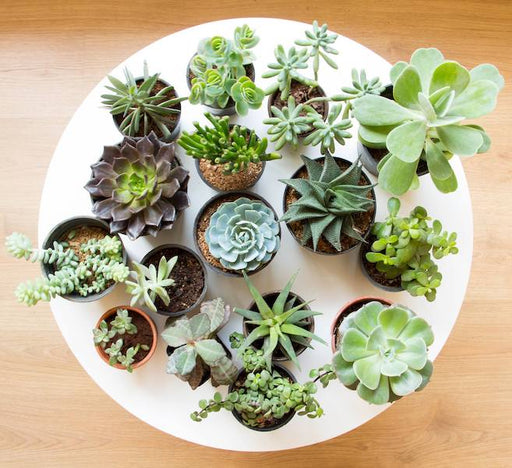 Save up to 50%
Save up to 50%
Mini Succulent Garden Pack Transform your space with our Mini Succulent Garden Pack, featuring a delightful collection of 4 any variety beautiful s...
View full details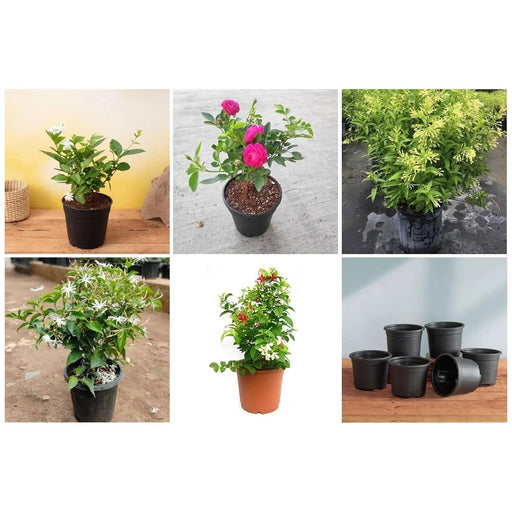
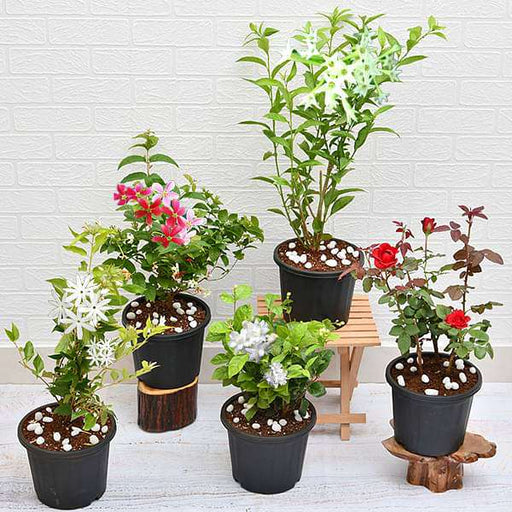 Save 30%
Save 30%
5 Best Fragrant Plants Transform your garden or indoor space into a fragrant paradise with our curated selection of the 5 Best Fragrant Plants. Th...
View full details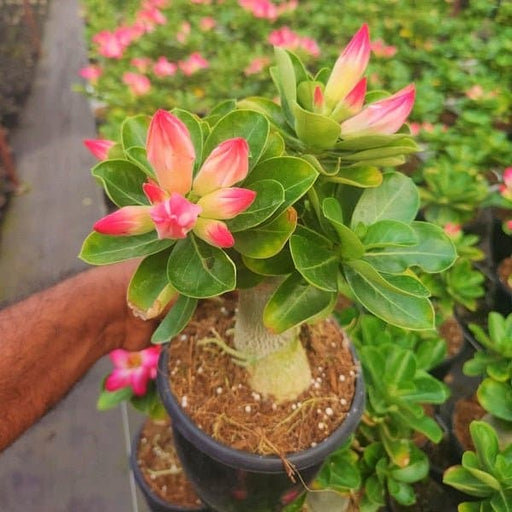
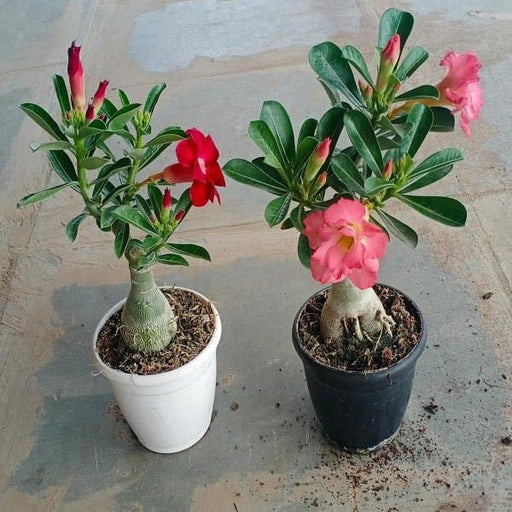 Save 24%
Save 24%
Set of 2 Bonsai Looking Grafted Adeniums Transform your indoor or outdoor space with our exquisite Set of 2 Bonsai Looking Grafted Adenium...
View full details Save 45%
Save 45%
Top 4 Die Hard Succulents Pack Transform your indoor or outdoor space with our Top 4 Die Hard Succulents Pack, featuring a curated selecti...
View full details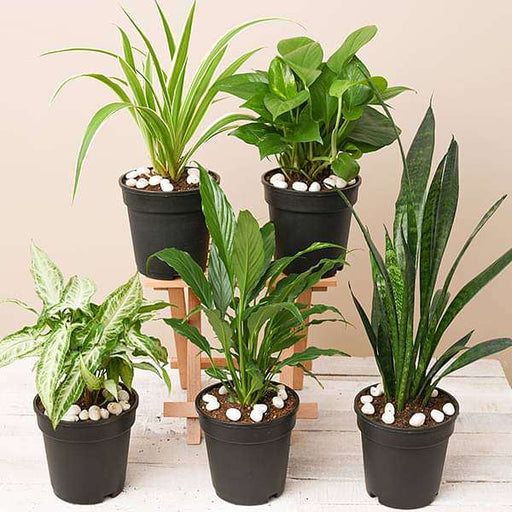
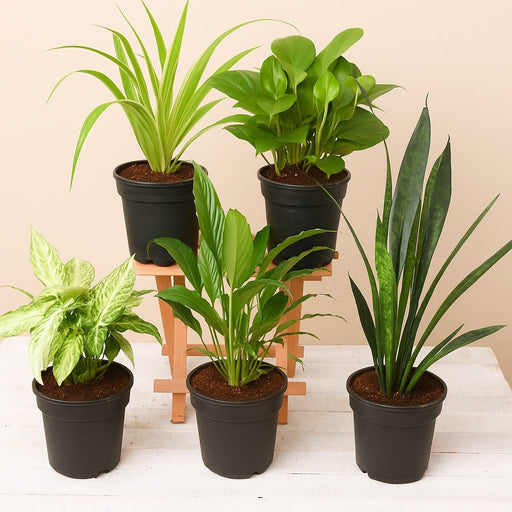 Save 30%
Save 30%
5 Best Indoor Plants Pack Transform your living space into a lush oasis with our '5 Best Indoor Plants Pack.' This carefully curated collection fe...
View full details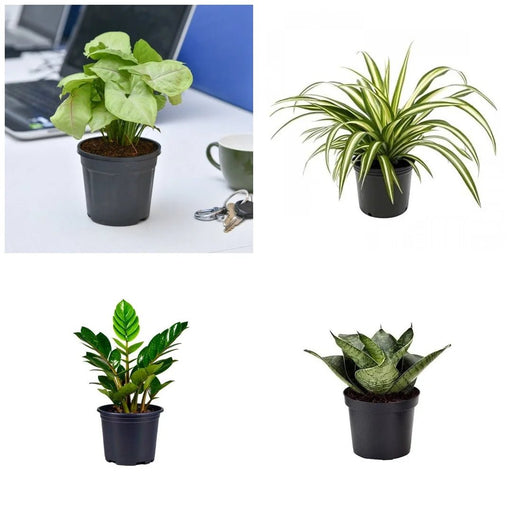
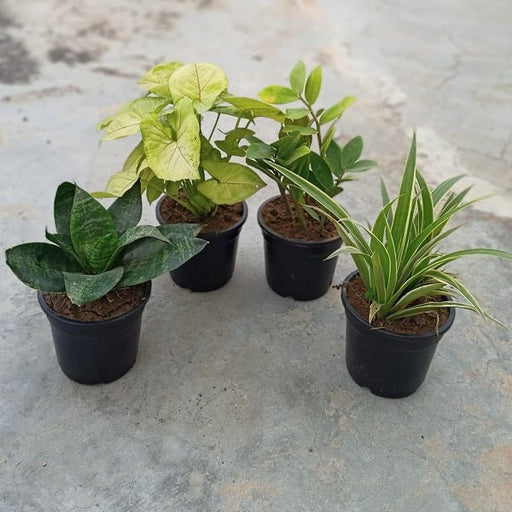 Save 25%
Save 25%
Set of 4 Evergreen Air Purifier Plant Pack Transform your indoor space into a lush, green oasis with our Set of 4 Evergreen Air Purifier Pla...
View full details| SrNo | Item Name |
|---|---|
| 1 | Myrica nagi |
Myrica nagi, commonly known as the bayberry or wax myrtle, is a remarkable evergreen tree native to the coastal regions of Asia. This hardy species thrives in a variety of soil types and is known for its aromatic leaves and small, edible berries. With its ability to adapt to different environments, Myrica nagi is not only a beautiful addition to gardens but also plays a crucial role in local ecosystems.
Myrica nagi is celebrated for its ecological benefits, including soil stabilization and habitat provision for wildlife. Its berries are a food source for birds and other animals, while its leaves are used in traditional medicine. This tree is also valued for its ability to thrive in coastal areas, making it an excellent choice for erosion control and landscaping in challenging environments.
This unique tree features glossy, aromatic leaves that release a pleasant fragrance when crushed. The small, waxy berries are not only edible but also rich in antioxidants. Myrica nagi is known for its resilience, tolerating salt spray and drought, making it an ideal choice for coastal gardens and urban landscapes.
Myrica nagi plays a vital role in coastal ecosystems by preventing soil erosion and providing habitat for various species. Its ability to thrive in saline conditions makes it an essential plant for coastal restoration projects. By planting Myrica nagi, you contribute to biodiversity and help combat climate change through carbon sequestration.
If you think the Myrica nagi tree is just a pretty face, think again! This botanical wonder is packed with benefits that could make even the most skeptical gardener raise an eyebrow. From its aromatic leaves that can freshen up your home to its medicinal properties that have been cherished in traditional medicine, this tree is like the Swiss Army knife of the plant world. It’s known to help with respiratory issues and even has anti-inflammatory properties. So, if you’re looking for a tree that does more than just stand there, Myrica nagi is your go-to green companion.
Cultivating Myrica nagi is like hosting a party where the guest of honor is a tree that doesn’t require much fuss. This hardy plant thrives in various soil types and can handle a bit of neglect, making it perfect for those who might not have a green thumb. Just plant it in a sunny spot, give it some water, and watch it grow like it’s on a mission. Plus, it’s drought-resistant, so you can feel like a responsible gardener without the constant watering guilt.
The uses of Myrica nagi are as diverse as a buffet table at a family reunion. From its leaves, which can be brewed into a tea that’s said to have health benefits, to its berries that can be used in jams and jellies, this tree is a culinary delight waiting to happen. Not to mention, its wood is prized for making furniture and crafts. So, whether you’re sipping tea or crafting a masterpiece, Myrica nagi has got your back.
If trees had a favorite hangout spot, Myrica nagi would be chilling in subtropical and tropical regions, soaking up the sun and enjoying the humidity. This tree loves to set up camp near rivers and wetlands, where it can stretch its roots and show off its lush foliage. It’s like the tree equivalent of a beach bum, always looking for the best spot to relax and thrive.
Propagating Myrica nagi is like playing matchmaker for plants. You can start with seeds or cuttings, and with a little patience and care, you’ll have new trees sprouting up like they’re auditioning for a role in a botanical blockbuster. Just remember, good things come to those who wait, so don’t rush the process.
While Myrica nagi is generally a tough cookie, it’s not entirely immune to pests. Think of them as the uninvited guests at a party who just won’t leave. Aphids and scale insects might try to crash the scene, but with a little vigilance and some natural pest control methods, you can send them packing. After all, no one wants a pest problem ruining their tree’s good vibes.
If Myrica nagi had a wish list, good soil would be right at the top. This tree prefers well-drained, loamy soil that’s rich in organic matter. It’s not too picky, but it does appreciate a little TLC in the form of nutrients. So, if you want your Myrica nagi to thrive, give it a cozy bed of soil that meets its needs, and it will reward you with lush growth.
The climate is like the Myrica nagi tree’s best friend, and it thrives in warm, humid conditions. Think of it as the tree that loves a tropical vacation. It can handle a bit of chill, but too much cold will have it shivering in its bark. If you live in a region that mimics its native habitat, you’re in for a treat with this tree.
The medicinal properties of Myrica nagi are like a treasure chest waiting to be unlocked. Traditionally used in herbal medicine, its leaves and berries are believed to have various health benefits, from aiding digestion to boosting immunity. It’s like having a mini pharmacy right in your backyard, minus the prescription pad.
If you’re looking for a tree that doubles as a natural work of art, Myrica nagi is your answer. With its glossy leaves and attractive form, it’s the kind of tree that could easily land a modeling contract. Whether you’re planting it in your garden or using it for landscaping, this tree brings a touch of elegance and charm that’s hard to resist.
The environmental impact of Myrica nagi is like a superhero in the plant world. It helps prevent soil erosion, improves soil fertility, and provides habitat for various wildlife. By planting this tree, you’re not just beautifying your space; you’re also contributing to a healthier ecosystem. It’s a win-win situation that makes you feel good about your gardening choices.
Myrica nagi, also known as the bayberry, is a delightful evergreen shrub native to Asia. It’s like the cool cousin of the plant world, boasting aromatic leaves and edible berries. Not only does it add charm to gardens, but it also has medicinal properties that make it a superstar in traditional medicine.
Myrica nagi thrives in the warm embrace of subtropical and tropical climates. You’ll find it strutting its stuff in regions like India, Japan, and China. It loves well-drained soil and can handle a bit of drought, making it the resilient diva of the plant kingdom.
Myrica nagi is not just a pretty face; it’s packed with benefits! Its leaves are used in traditional medicine for their anti-inflammatory and antimicrobial properties. Plus, the berries are edible and can be turned into jams or enjoyed fresh. Talk about a multitasking plant that’s always ready to impress!
Propagating Myrica nagi is as easy as pie! You can do it through seeds or cuttings. Just take a healthy cutting, let it root in water or soil, and voilà! You’ve got yourself a new plant. It’s like cloning your favorite plant without the sci-fi drama.
Absolutely! Myrica nagi is an eco-friendly superstar. It helps prevent soil erosion with its robust root system and provides habitat for various wildlife. Plus, it’s a natural air purifier, making it a green warrior in the fight against pollution. Who knew being a plant could be so heroic
Yes, indeed! The berries of Myrica nagi are not just for show; they can be used in cooking. They have a unique flavor that can add a twist to jams, jellies, and even desserts. So, if you’re looking to impress your guests, whip up something with these berries and watch them swoon!
Like any diva, Myrica nagi can attract a few unwanted guests. Common pests include aphids and scale insects. But fear not! A little neem oil or insecticidal soap can send them packing. Keep your plant healthy, and it’ll continue to shine without the drama of pest invasions.
Caring for Myrica nagi is a breeze! It loves well-drained soil and a sunny spot, but it can tolerate some shade. Water it moderately, especially during dry spells, and give it a little fertilizer during the growing season. With a bit of love, it’ll reward you with lush foliage and berries.
Yes, Myrica nagi is like the plant version of a survivalist! It’s quite drought-resistant once established, making it perfect for those who forget to water regularly. Just give it a good drink during its early days, and it’ll thrive even when the rain decides to play hide and seek.
Myrica nagi prefers well-drained, sandy or loamy soil. It’s not picky, but it does have a soft spot for slightly acidic conditions. If you want to pamper it, mix in some organic matter to boost its growth. Think of it as giving your plant a luxurious spa treatment!
While Myrica nagi loves the great outdoors, it can be grown indoors with the right conditions. Ensure it gets plenty of sunlight and has enough space to spread its roots. Just remember, it’s a bit of a drama queen and prefers a pot that allows for good drainage.
Myrica nagi has a rich history in traditional medicine. Its leaves are often used to treat respiratory issues, digestive problems, and even skin ailments. It’s like having a mini pharmacy in your garden! Just remember to consult a professional before diving into herbal remedies.